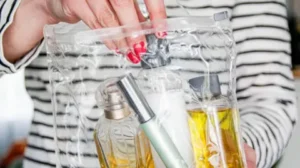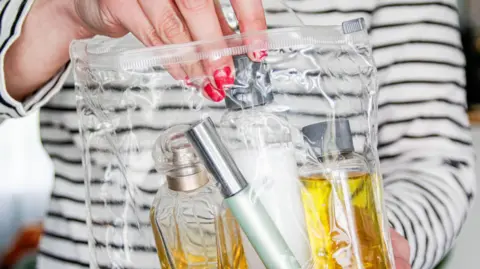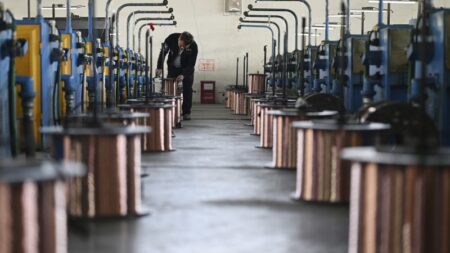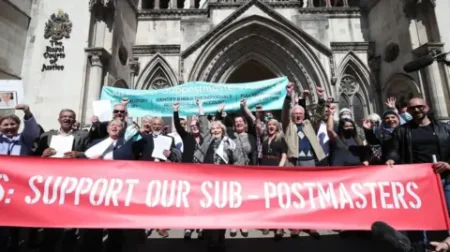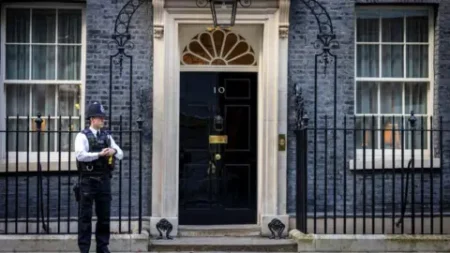In a recent update from the UK Transport Secretary, airlines passengers have been advised that the longstanding 100ml limit on liquids in hand luggage remains enforced, even as two specific airports have started implementing changes. Edinburgh and Birmingham airports have recently upgraded their security systems by incorporating advanced scanners capable of detecting liquids of up to two liters, a move that allows passengers to take larger containers on board. This development, however, does not signal an immediate shift in policy for flyers across the entire United Kingdom, where other airports are at various stages of integrating similar technologies.
Transport Secretary Heidi Alexander has highlighted the need for travelers to approach their journey with the understanding that the existing rule limits liquids to 100ml. She emphasized that unless passengers receive direct communication from their respective airports regarding changes to this regulation, they should assume that the 100ml limit still applies. This caution is particularly relevant given the inconsistent pace at which new security measures are being adopted nationwide.
The new scanners that have been installed at Birmingham and Edinburgh airports utilize cutting-edge CT X-ray technology. This advanced mechanism allows for a more efficient screening process, enabling passengers to forgo the cumbersome requirement of placing small toiletries into clear plastic bags, which must typically be extracted from luggage for manual inspection. The installation of these new scanners, however, has been detailed as a significant logistical challenge. Airports faced considerable costs and required structural reinforcements to accommodate the weight and operational demands of the scanners, which are complex systems not readily available in abundant supply due to a limited number of manufacturers.
Alexander has pointed out that the implementation of this new scanning technology is determined by individual airports, each with distinct contracts and providers, leading to a patchwork rollout across the country. While she expressed optimism about the broader adoption of this technology, permitting travelers greater flexibility, she also advised that flyers verify security regulations directly with their airlines and airports prior to travel.
Industry insiders have characterized the approach to deploying these scanners as somewhat “haphazard,” indicating that the government has not maintained a consistent policy framework, resulting in varied airport experiences. In this context, AirportsUK, an organization representing UK airports, stated that aviation security procedures surrounding liquids are indeed evolving; however, these adaptations will occur at different times across various airports, reflecting local operational capacities and technological readiness.
Passengers are now being encouraged to stay informed about security protocols, not only in the UK but also in other countries from which they may be departing. AirportsUK stressed the importance of checking security procedures at all airports, particularly for return flights from international destinations, as similar changes may be happening elsewhere. The evolution of security measures across Europe has also reflected a lack of cohesion, with different nations experiencing varied timelines and implementations of the new scanning technology.
The origins of the 100ml rule trace back to 2006, following heightened security measures that were initiated after the tragic events of September 11, 2001, when terrorist attacks on the United States highlighted vulnerabilities in aviation safety. The rule has remained in place as a critical measure for ensuring the safety of air travel, despite ongoing discussions and technological advancements that may potentially change the landscape in the near future.
In summary, while some UK airports are embracing new technologies that could reshape passengers’ experiences with security procedures, the overarching advice remains conservative. Passengers are advised to proceed with caution and ensure that they are updated on the liquid regulations before embarking on their travels. As airports gradually adapt to improved technologies, travelers should expect continued changes in aviation security practices that reflect both advancements in technology and the necessity of maintaining safety standards.


